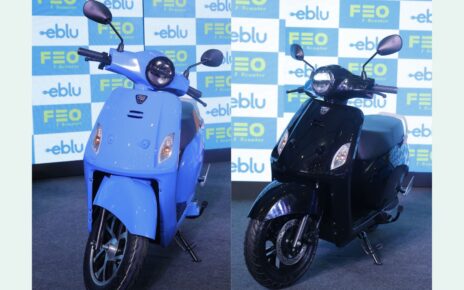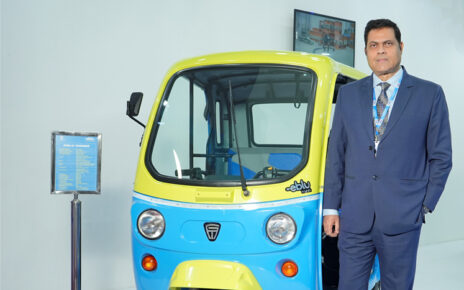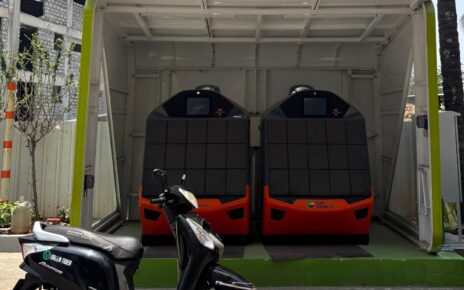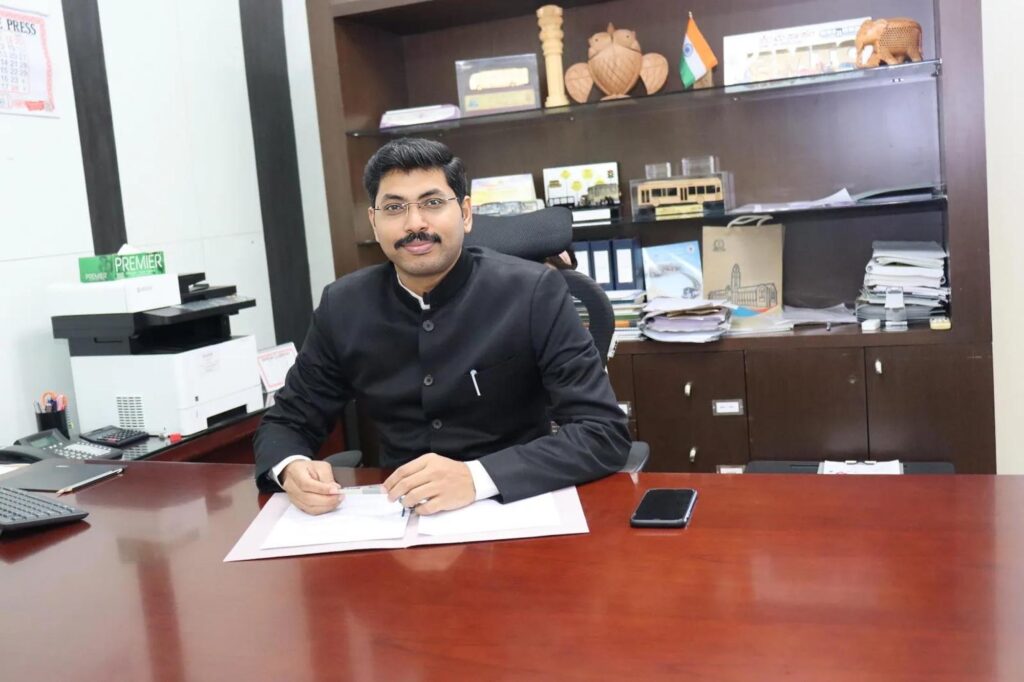
Public Transport Reinvented: How BMTC is Leading India’s Urban Mobility Revolution
As one of India’s most progressive state transport undertakings, the Bengaluru Metropolitan Transport Corporation (BMTC) has been steadily transforming its fleet, systems, and services under the stewardship of Ramachandran R, Managing Director. In this interview with N. Balasubramanian, the top man at BMTC speaks on a wide range of subjects – from post-pandemic recovery to fleet electrification, digital interventions, and people-centric reforms – showcasing – BMTC’s journey of resilience, innovation, and vision.
Post-Pandemic Recovery and Ridership Growth
BMTC has made an impressive comeback from the COVID-19-induced slump. The corporation currently operates 6,053 schedules, covering over 12.5 lakh kilometres daily across Bengaluru. Daily ridership, which dipped to 15 lakh during the pandemic, has rebounded dramatically.
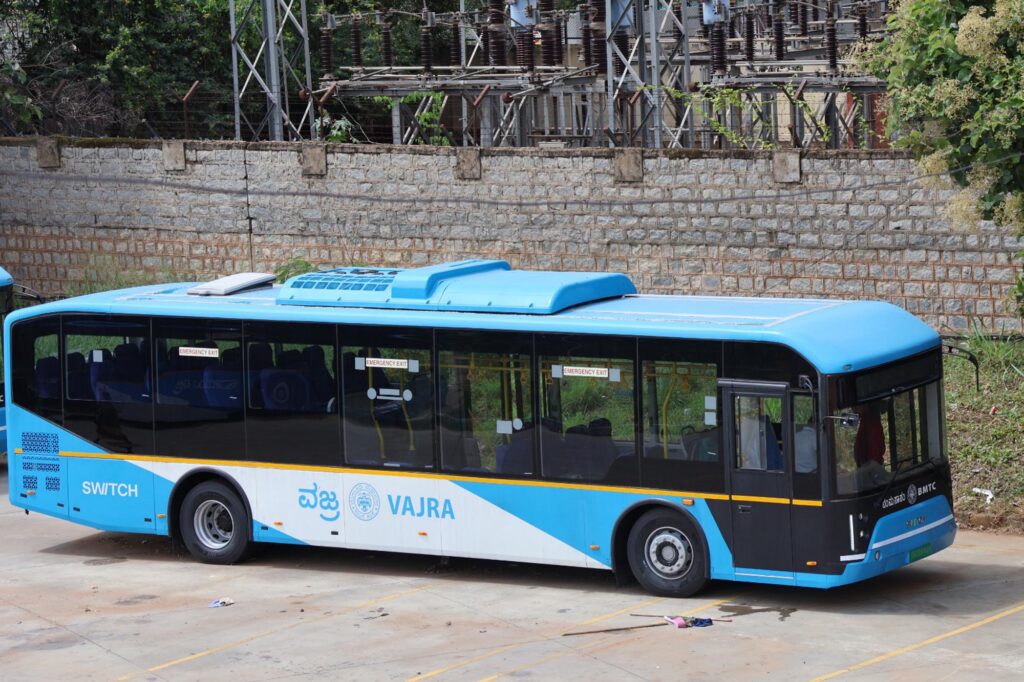
“We’ve scaled up to 42 lakh daily passengers this year, with a record 45.93 lakh commuters on June 21st – a clear indication that public trust in our services is back,” noted Ramachandran. “By end-August, we’ll not just match but surpass pre-COVID operational levels.” This growth has been powered by the induction of 2,500 new conductors and a revival in schedule strength, which is on track to cross the 6,200 mark soon.
Green Mobility: A Strategic Pivot
BMTC is now India’s second-largest electric bus operator, with 1,450 electric buses already on the road. The organisation has firmly pivoted away from diesel and committed to expanding its green fleet.
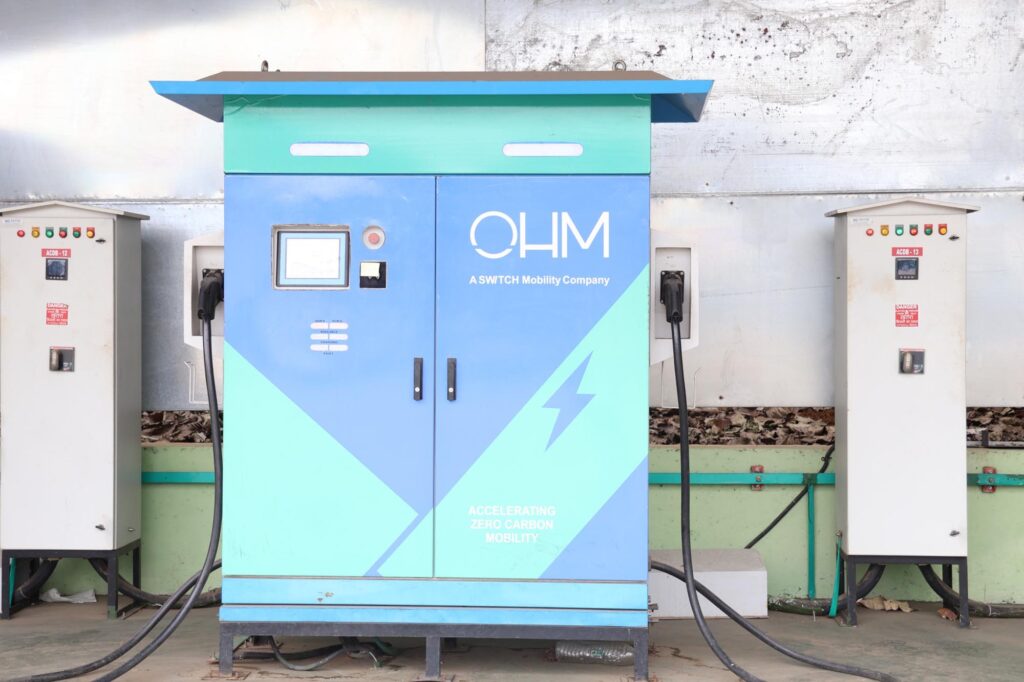
“There’s no turning back. We’ve completely stopped diesel bus procurement,” Ramachandran affirmed. “Electric buses are the future, and our goal is to power them with green energy to make the shift truly sustainable.”
The corporation is preparing to add 4,500 more electric buses under the Pradhan Mantri E-Drive scheme, which will take the total fleet close to 11,400 buses. This expansion is being matched by efforts to construct over 20 new depots and install solar infrastructure to power these buses.
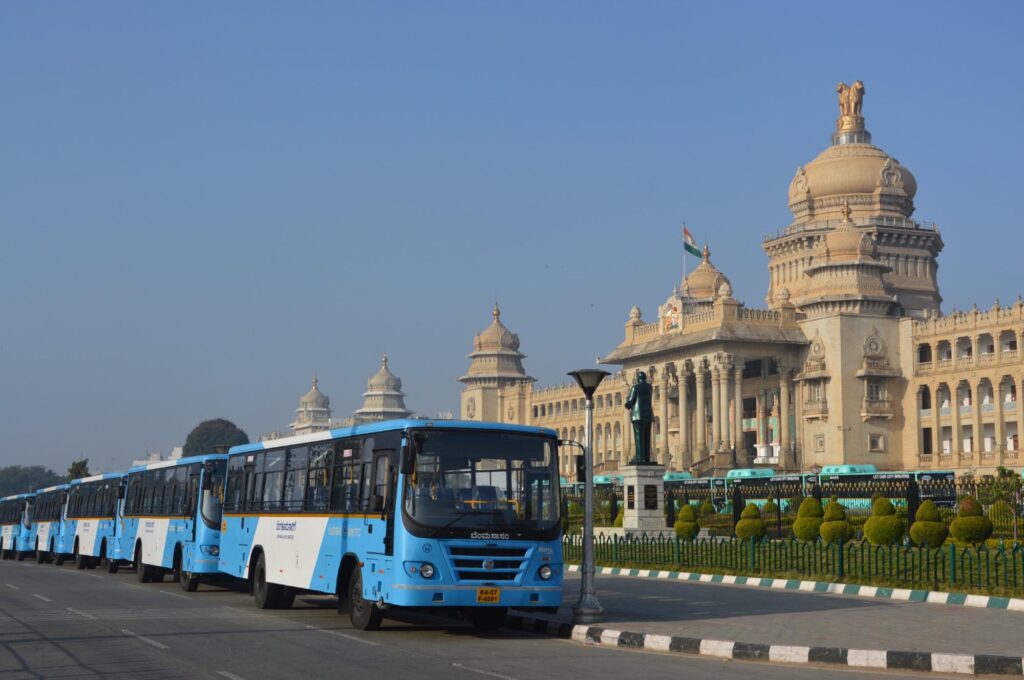
“My vision is to generate as much solar energy as we consume – only then can we claim true sustainability. We call it blue energy for now, but we’re working towards it becoming green,” he explained.
Digital Transformation: Building a Smart Mobility Ecosystem
BMTC has been proactively digitising its operations. From real-time tracking to cashless ticketing and automated signalling, the organisation is at the forefront of tech-enabled transport solutions.
“We’ve moved from coloured tickets to GPS-integrated ETMs, real-time passenger tracking, dynamic QR-based UPI payments, and even signal priority for buses. We are not just a transport utility; we’re evolving into a mobility tech platform,” Ramachandran shared.
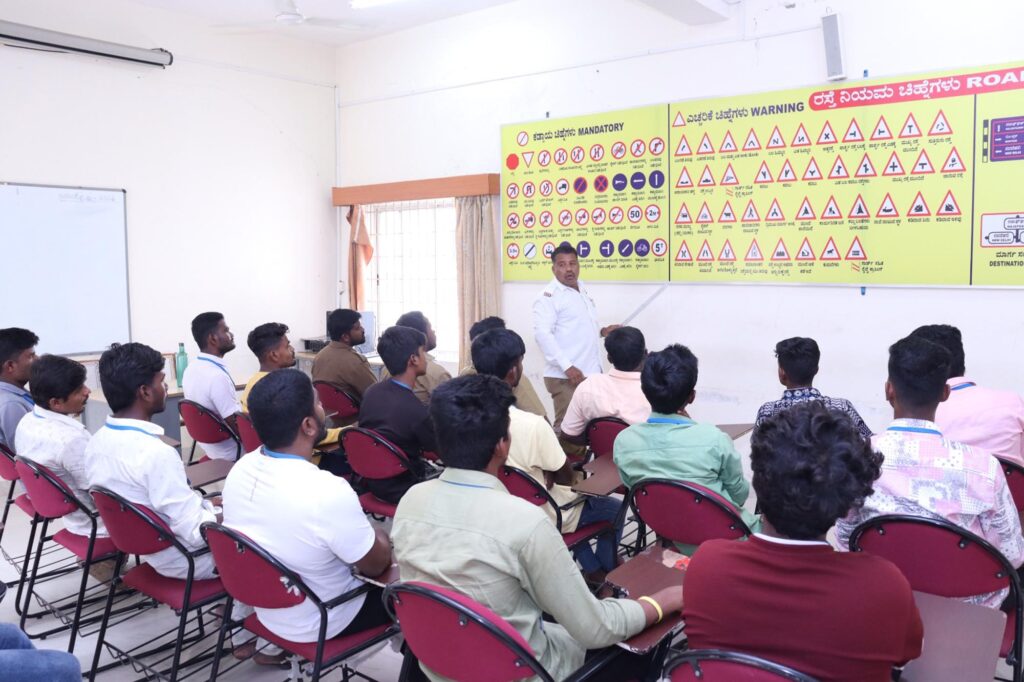
Notably, UPI transactions grew from 8% in December 2024 to 46% by June 2025 – a testament to digital adoption among commuters and crew alike.
The launch of the ‘Namma BMTC’ app has empowered commuters with journey planning tools and live bus updates. CCTV surveillance, panic buttons, and integrated command centres have significantly enhanced passenger safety, particularly for women.
Tackling the Traffic Paradox
While BMTC’s operational muscle grows, it remains constrained by Bengaluru’s choked roads. The city has a staggering 1.2 crore registered vehicles for a population of nearly 1.75 crore.
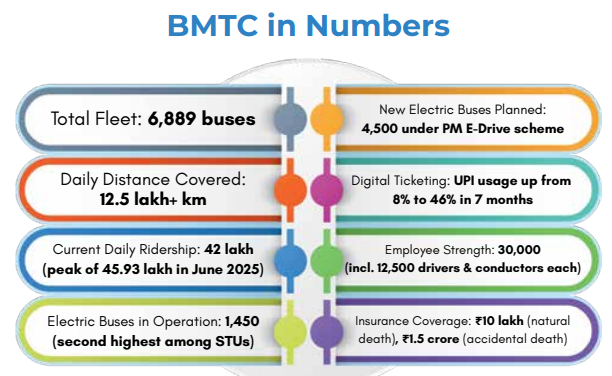
“My engines are running, but my wheels aren’t – that’s the problem. Traffic congestion has turned into a structural bottleneck. We need bold regulatory reforms to reclaim the roads for public transport,” said Ramachandran candidly.
He advocates for solutions such as bus priority lanes, low-emission zones, and congestion charges, and is working with the Bengaluru traffic police to revive dedicated bus corridors and implement signal priority interventions.
Empowering the People Behind the Wheel
With over 30,000 employees – including 12,500 drivers and 12,500 conductors – BMTC’s success depends on its people. The organisation has invested in robust welfare, HR, and skilling initiatives.
“Job satisfaction is critical. Only when our employees feel secure and supported can they perform their best,” he emphasised.
From improved leave management systems and medical reimbursements to life insurance schemes offering up to ₹1.5 crore for accidental death, BMTC is setting new benchmarks in employee care.
Additionally, 2,500 new conductors recruited in January 2025 are being trained in both operational efficiency and soft skills.
“Most of our crew are from rural Karnataka. We’re equipping them to handle diverse city passengers – from corporate commuters to college students – with professionalism and empathy,” Ramachandran noted.
The Road Ahead: A Five-Year Strategic Vision
Looking ahead, the MD outlined an ambitious roadmap for BMTC’s next phase of growth. “Our five-year plan includes deploying 4,500 more electric buses, constructing new depots, expanding operational jurisdiction by 10 km beyond BBMP limits, and enhancing commercial revenues through smart leasing of office and retail spaces.”
BMTC also plans to tie up with 130 medical institutions under the ‘Arogya Bhagya’ scheme for cashless treatment for staff and their families. Simultaneously, the corporation is focusing on solar energy generation and private partnerships to meet growing operational demands.
As the city continues to grapple with traffic, pollution, and mobility challenges, BMTC under Ramachandran’s leadership is evolving into a benchmark for sustainable, smart, and inclusive urban transport.
BMTC in Numbers
- Total Fleet: 6,889 buses
- Daily Distance Covered: 12.5 lakh+ km
- Current Daily Ridership: 42 lakh (peak of 45.93 lakh in June 2025)
- Electric Buses in Operation: 1,450 (second highest among STUs)
- New Electric Buses Planned: 4,500 under PM E-Drive scheme
- Digital Ticketing: UPI usage increased from 8% to 46% in 7 months
- Employee Strength: 30,000 (incl. 12,500 drivers & conductors each)
- Insurance Coverage: ₹10 lakh (natural death), ₹1.5 crore (accidental death)


